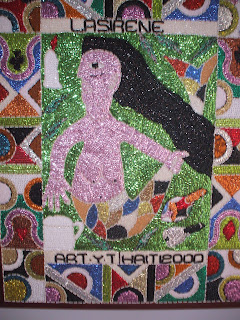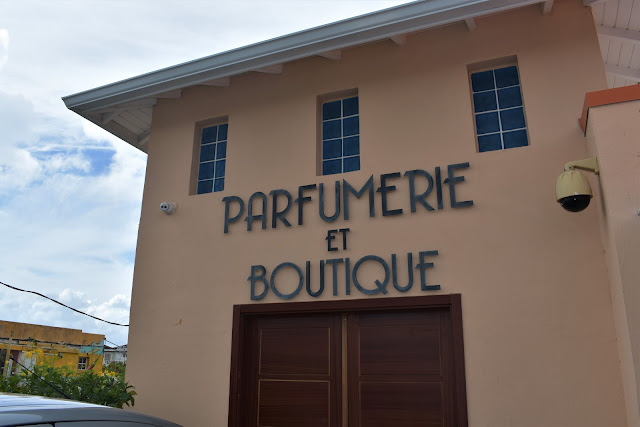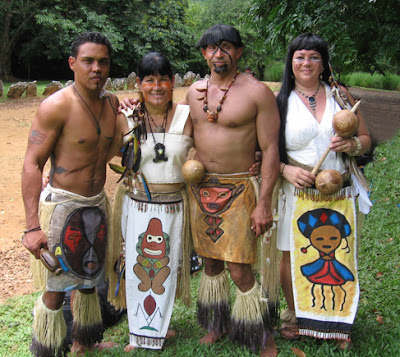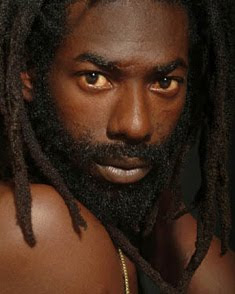The Power of Haitian Art
Despite the stereotypes and misinformation, Vodou remains a syncretic relligion that combines ancient African spiritual beliefs with Catholicism, in much the same way as Cuban Santeria, Brazilian Candomble and Jamaican Obeah and it does not involve devil worship. Instead, Vodou acknowledges one God, as well as other spiritual beings. Those beings, called lwa (pronounced (LO ah) are the deities represented on Vodou flags. Traditionally, these banners are carried on poles and waved during the beginning of ceremonies. They are created by hougans or mambos, Vodou priests and priestessess. During the 70s, French tourists recognized the beauty of the flags, spurring art collectors to create a market for them.
The flags displayed above were crafted by the Haitian artist, George Valris. The concentrated beading and sequin work, which often takes up to 10 days to complete, indicate that they are strictly for display. The heaviness of the sequins would make it difficult to wave these banners. The first two illustrate "La Sirene" the mermaid manifestization of Erzulie, the spirit of love and beauty. She is one of the most popular lwa on drapo vodou, as she symbolizes wealth and luck. The last one portrays "Gran Bois," the sacred spirit in the trees. These art works may simply look like pretty pictures but they represet the triumph of Haitian culture. Vodou and its practicioners have been killed and persecuted for generations and yet it lives on, through the appreciation of art lovers around the world and through the unyielding Haitian spirit.






Comments
Many thanks for such an informative and wonderfully written post.
Greetings from London.
Cubano, thanks so much. Haitian dance is a whole other post! Katherine Dunham pioneered intricate Haitian dances here and the influence continues.
Annonymous, thanks for the link to some interesting Haitian art.
the images from Haiti are so disturbing - Mexico is sending a lot of aid and 2 teams of Moles (small mexicans who specialise in burrowing underground to rescue earthquake victims) and in our school we are coordinating a huge contribution - but it is so harrowing to see how LONG it has taken reelief to get there and emergency teams to start work..why???
Shanti, thanks.
Catherine,I live right down the street from that gallery! It's one of my favorites. I'm so glad that Mexico is sending help. It's taken so long because Haiti never had much infrastructure, there's very little organization to connect agencies to the right channels. It has gotten better now but its an uphill battle.